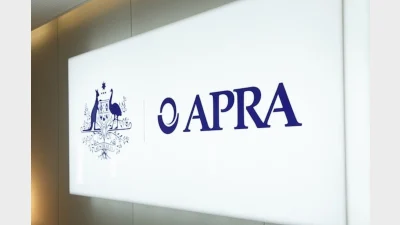Another strong super return
Balanced investment options in superannuation funds delivered their highest annual result in over a decade, according to the release of performance figures for June 2006.
June’s median result of 14.5 per cent for 2005-06 lifts the three year median to 13.9 per cent.
Jeff Bresnahan, managing director of research firm SuperRatings, attributes this positive result to simultaneous gains in Australian equities, international equities and listed property markets.
Research from AMP indicates a similarly positive result for balanced growth funds, finding median gains of 15.9 per cent over the last year.
“The key drivers behind the strong returns were the continued strength in equity markets, strong returns from property asset classes and generally positive returns from most other asset classes,” said Shane Oliver, AMP Capital Investors’ head of investment strategy.
SuperRatings’ analysis of the 50 largest balanced super fund options showed that funds with higher exposure to alternative asset classes gained the most from revaluations in June 2006, following the negative returns of May.
“This exposure to alternative style assets has effectively doubled across the industry over the past 12 months,” said Bresnahan.
The negative returns many funds experienced in May did not have an exceedingly detrimental impact on average annual returns, but did fuel fears about a sharp downturn. Bresnahan said this had prompted some funds to adopt a more conservative stance somewhat prematurely.
“The ongoing buoyancy of all markets will no doubt have caught some people off guard, with a number of funds quite clearly taking a conservative position in recent times,” he said.
Looking at the strong consecutive returns of 13.2 per cent, 13.1 per cent and now 14.5 per cent over the last three years, Bresnahan said it would be “unprecedented for a fourth consecutive year of double digit returns to occur”.
Anticipating an end to the good times, many funds have made corresponding changes to their asset allocations, decreasing their weightings to Australian shares by some 2 per cent and fixed interest by 4 per cent. Most of this shift has favoured international shares and property (both up 1.3 per cent) and alternatives (up 2.5 per cent).
Oliver took a similar tack, pointing out that the sustained period of growth over the last three years makes it more likely than ever that returns will decline in the coming year.
“Expect lower returns going forward…it would be wrong for investors to now assume that the returns of the last few years will be sustained indefinitely,” he said.
Oliver added that his prediction for a slowing in returns was no reason to expect them to go into reverse.
“The experience of the past few years has shown yet again that switching to cash after a bear market…is not the way to maximise investment returns. A reasonable expectation would be for a nominal return of around 9 per cent over the next few years.”
Recommended for you
Super funds have recorded modest gains in September as global equity strength and an AI-driven rally lifted investment returns.
ASIC is seeing an increase in misconduct exploiting superannuation, it stated in its latest annual report.
The super sector has welcomed the government’s payday super legislation, calling it a landmark step for fairer retirement outcomes.
The regulator has ordered super trustees to strengthen oversight of platform investments after member losses from failed schemes exposed governance weaknesses.









